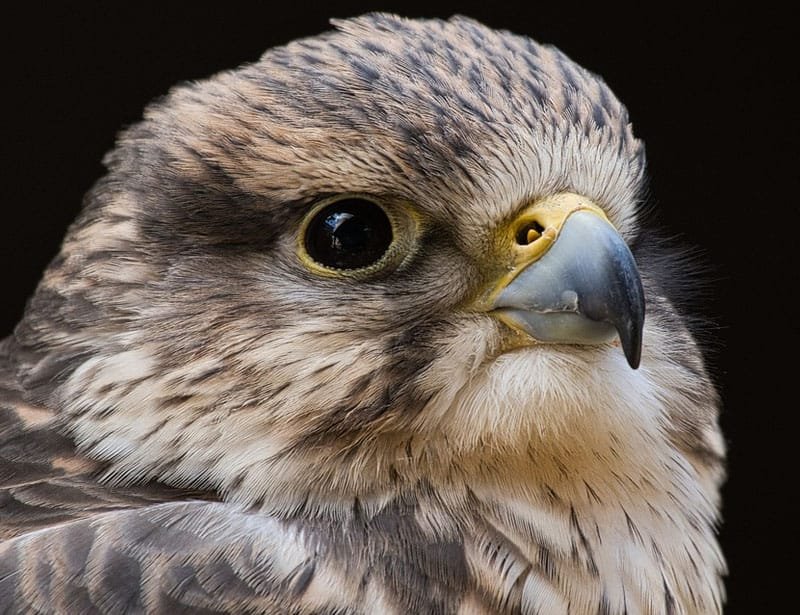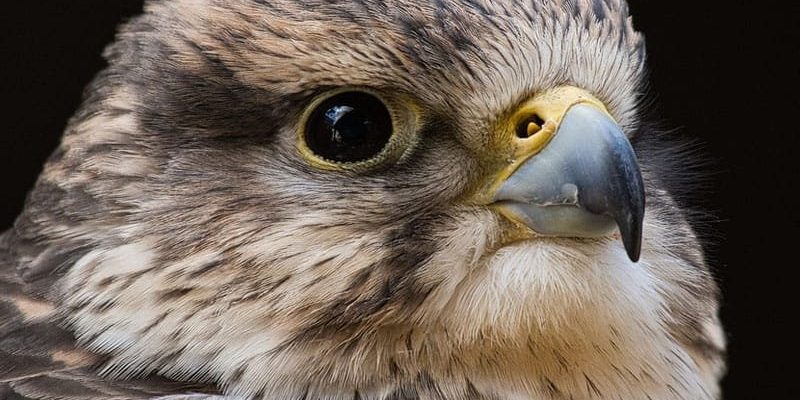
Like a good novel, the story of the falcon unfolds in layers, revealing a rich history that reflects both the natural world and human interaction. Picture this: falcons have been around for millions of years, adapting and evolving alongside their environments. This bird’s journey is compelling, and it’s filled with lessons about survival, adaptation, and the bond between humans and nature.
The Origins of Falcons
Falcons belong to a group of birds known as Falconidae, which makes them part of a larger avian family. They first appeared around 50 million years ago. During this time, they developed features that made them excellent hunters. Their sharp talons and beaks were perfect for catching prey, while their keen eyesight allowed them to spot food from great distances.
The oldest known falcon fossils were found in Europe and North America, indicating that these birds once thrived in diverse habitats. As they spread across the globe, falcons began to adapt to different environments, from deserts to forests. Each species evolved unique traits that helped them survive. For instance, the Peregrine Falcon, known for being the fastest bird on the planet, can reach speeds of over 200 miles per hour during its hunting dives, a remarkable adaptation for capturing quick-moving prey.
Falcons in Ancient Civilizations
Falcons have been admired throughout history, appearing in various cultures as symbols of power and divinity. The ancient Egyptians worshipped the Horus, often depicted with the head of a falcon. This deity represented the sky, kingship, and protection, showing just how much these birds were revered.
Similarly, in medieval Europe, falcons became symbols of nobility. Falconry was an elite sport, practiced by royalty and aristocrats. Kings and queens trained these birds to hunt small game, showcasing their skill and elegance. Notably, a falcon’s ability to return to its handler after a successful hunt highlighted the bond between human and bird, a relationship based on trust and training.
The Falcon’s Role in Ecosystems
Understanding the evolution and history of the falcon isn’t just about their significance to humans; it’s also about their vital role in ecosystems. As skilled predators, falcons help control populations of small mammals and birds, maintaining a balance in their habitats. For example, a decline in falcon populations can lead to an explosion of prey species, which can disrupt local ecosystems.
Moreover, falcons are indicators of environmental health. Their presence often signifies a thriving ecosystem, while their decline can point to issues like habitat destruction or pollution. Conservation efforts are crucial to protect these magnificent birds, not just for their beauty but for the balance they help maintain in nature.
Modern Falcon Conservation
In recent decades, falcons faced significant challenges due to habitat loss, pollution, and hunting pressures. The use of pesticides like DDT had devastating effects, leading to the near extinction of several falcon species, including the Peregrine Falcon. Fortunately, conservation efforts began to turn the tide.
Thanks to dedicated work by wildlife organizations, breeding programs, and legislation, falcon populations have rebounded in many regions. These efforts include habitat restoration, banning harmful pesticides, and public education to raise awareness about the importance of falcons. For example, the successful reintroduction of Peregrine Falcons to urban areas has transformed city skylines into habitats for these birds, demonstrating how humans and wildlife can coexist.
Falcons in Popular Culture
Falcons have also made their mark on popular culture, appearing in films, literature, and art. For instance, in movies like “The Falcon and the Snowman,” the bird symbolizes freedom and espionage, while in literature, they often represent courage and resilience.
Not only do falcons inspire creative expression, but they also serve as a reminder of our connection to nature. They are commonly featured in logos, sports teams, and mascots, embodying qualities like speed, agility, and strength. On a broader scale, the falcon can be seen as a bridge between the wild and the cultural—a symbol of our shared planet and the responsibility we have to protect it.
Falconry Today
Today, falconry is practiced worldwide, blending ancient traditions with modern techniques. This sport requires extensive knowledge and skill, with falconers training their birds to hunt and perform tricks. It’s fascinating to see how much care goes into training a falcon, often involving a bond that lasts a lifetime.
Many falconers emphasize conservation in their practices, using their knowledge to help educate the public about these birds. By sharing the intricate details of falconry—such as how to care for a falcon, train it, and release it back into the wild—they play an important role in fostering appreciation for these extraordinary creatures.
The evolution and history of the falcon reveal a profound connection between these birds and humanity. From their ancient origins to their role in our cultures and ecosystems today, falcons are more than just beautiful creatures—they are vital players in the intricate web of life on Earth. As we continue to learn from and protect these remarkable birds, we ensure that future generations can enjoy their beauty and witness their grace.
Ultimately, understanding the falcon’s journey reminds us of our responsibility to cherish and conserve the natural world. So next time you see one soaring overhead, take a moment to appreciate its history—and remember the journey it has taken through time.

